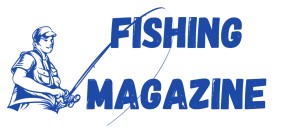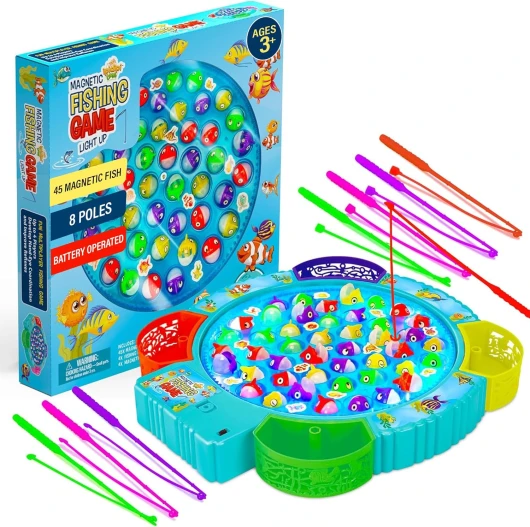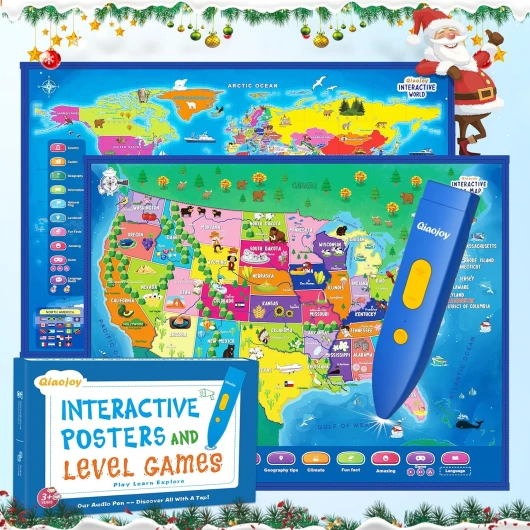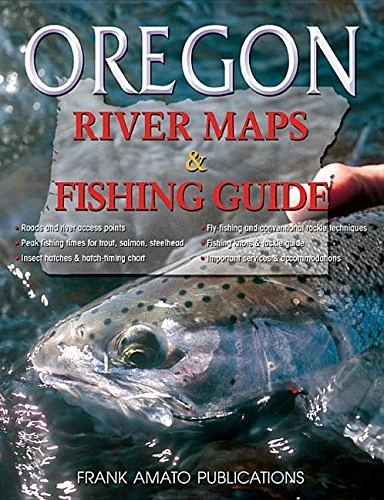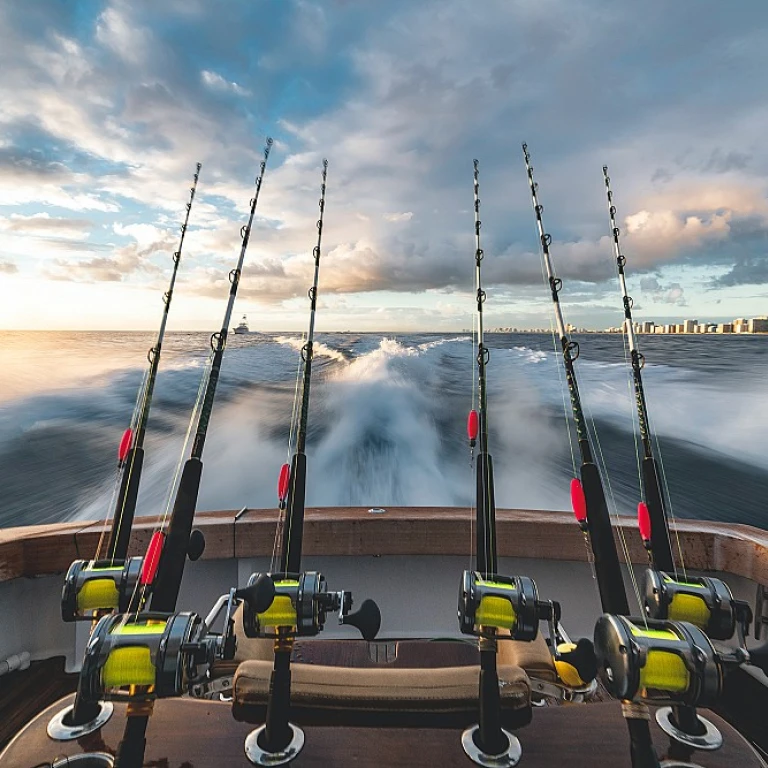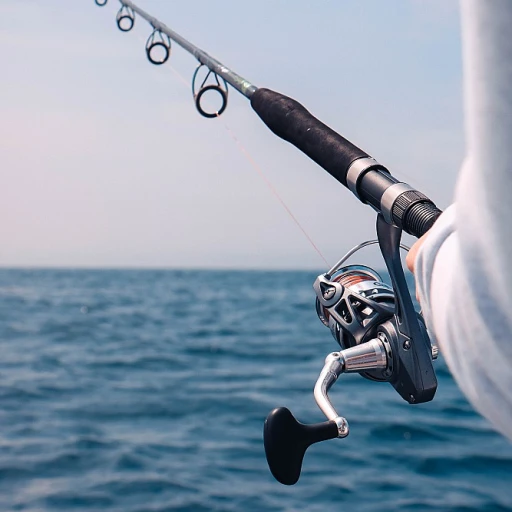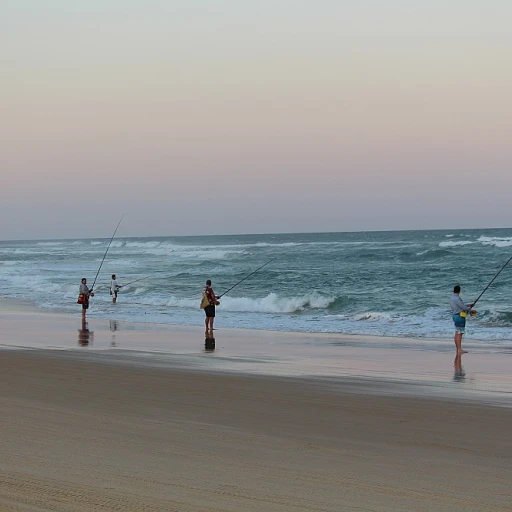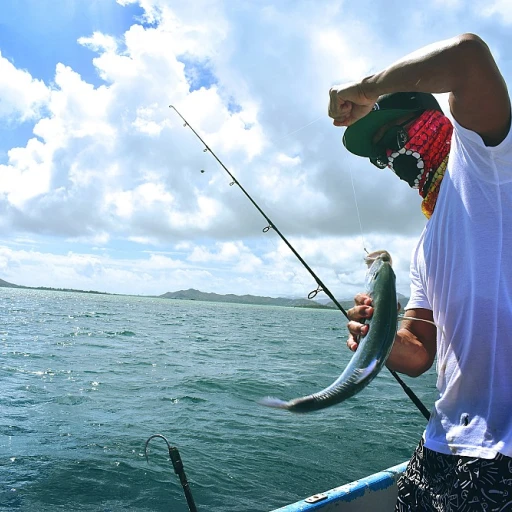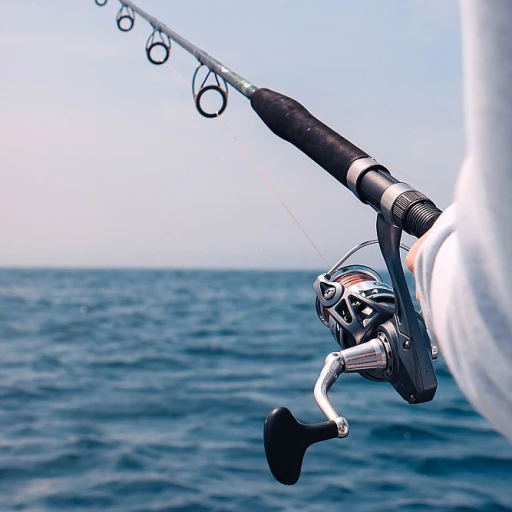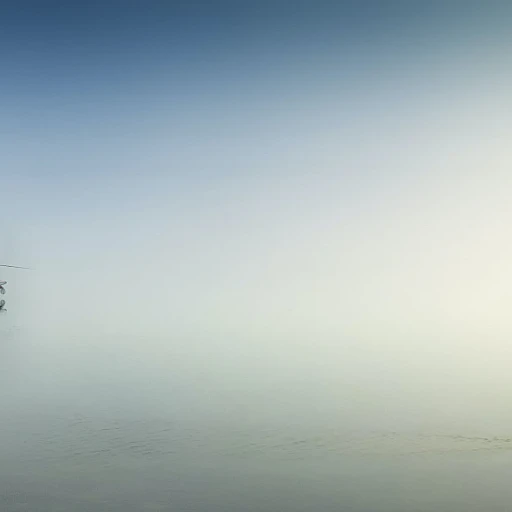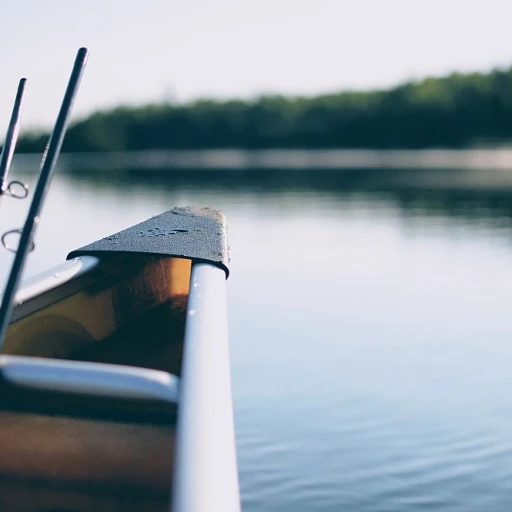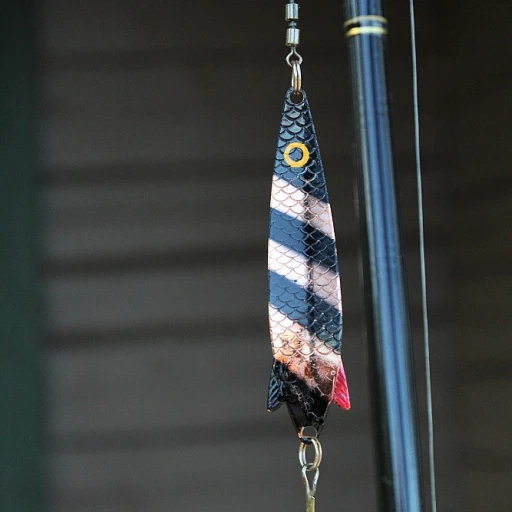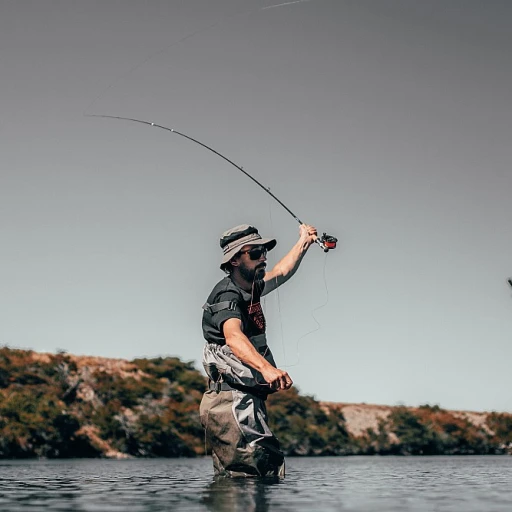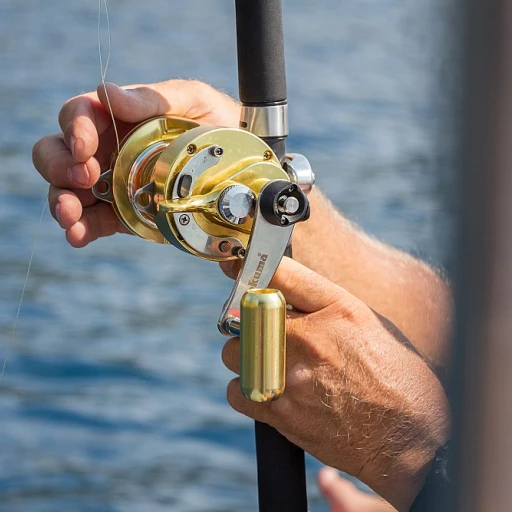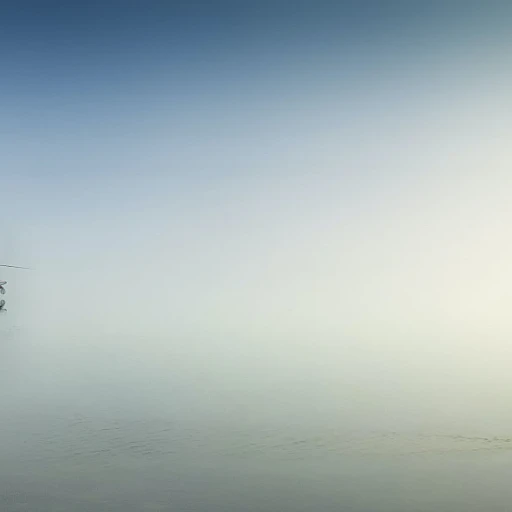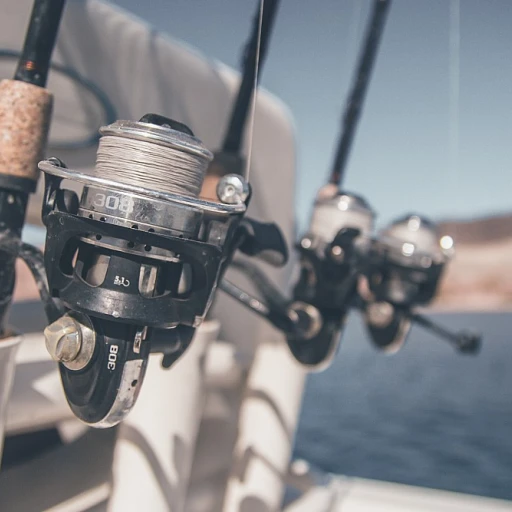
Understanding the Importance of a Fishing Map Book
The Essential Role of Fishing Map Books in Your Angling Adventures
Understanding the landscape and aquatic nuances of fishing areas like lakes, rivers, and reservoirs can significantly enhance your fishing outings. Whether you're plotting a course along Minnesota's lake-rich regions, exploring the expansive Mississippi River, or scouting the serene fishing lakes of Iowa and Wisconsin, having a reliable fishing map book can make a remarkable difference. Fishing map guides do more than just point out fishing spots—they're comprehensive resources detailing the best areas to cast your line and what fish species inhabit these waters. These books often come spiral bound, providing durability and ease of use in any fishing environment. From detailing the depths and structures of lakes to identifying key areas in rivers, these maps are a sportsman's connection to a successful catch. In a growing market flooded with map guides, it’s crucial to find fishing maps that are verified for accuracy and precision. Verified purchase experiences often highlight aspects like the unit price, ease of use, and the quality of shipping, making it easier to determine the best fishing map books available. For those passionate about fly fishing or otherwise, investing in a high-quality guide book supports not only an enjoyable fishing experience but also enhances your ability to connect with nature. These books provide dynamic insights and strategies tailored to specific locations, ensuring you're not just casting blindly. To truly experience the ultimate in fishing getaways, reference our detailed exploration on fishing getaways tailored for both novice and seasoned anglers. A comprehensive fishing guide book paired with this information can pave the way for memorable fishing adventures across the United States.Features to Look for in a Quality Fishing Map Book
Key Qualities to Consider for a Reliable Map Book
When searching for a comprehensive fishing map, it's essential to weigh several critical features that can significantly impact your fishing experience. Here's a breakdown of what you should keep an eye out for:- Coverage: A top-tier fishing map book must offer extensive coverage. Ensure the map guides cover a wide array of water bodies including lakes, rivers, and reservoirs, especially focusing on popular fishing states like Wisconsin, Minnesota, and Iowa. Understanding the territories these maps span will aid in identifying the best fishing spots.
- Detail Level: The detail level in your fishing map guide can make or break your adventure. Look for guides that provide intricate details on fishing lakes, river systems, and local fishing laws. This ensures that you have the best possible insight into your fishing locale.
- Durability and Format: The format greatly influences usability. Many anglers prefer spiral-bound books for their ease of use during expeditions. A durable map that's resistant to weather elements is paramount. Moreover, evaluate the unit price against durability to find the best value.
- Verified Information: Opt for maps books that are verified by local guides, or sportsman connections. Verified purchase reviews assure that the data presented is accurate, which helps in identifying ideal fishing lakes and locations.
- Mapping Technology: Modern map books often integrate digital mapping technologies, which provides an advantage over traditional methods. Whether you're indulging in fly fishing on the Mississippi River or planning a trip across different states, digital maps can offer real-time updates and resources to enhance your experience.
How to Use a Fishing Map Book Effectively
Maximizing Your Fishing Map Book's Potential
Using a fishing map book effectively can significantly enhance your fishing experience, whether you're exploring the lakes of Wisconsin or the rivers of Minnesota. A well-utilized map guide can lead you to the best fishing spots and help you understand the terrain better.
Here are some tips to get the most out of your fishing map book:
- Familiarize Yourself with the Layout: Before heading out, take time to understand the layout of the map. Look for key features like lakes, rivers, and reservoirs. This will help you plan your trip more efficiently.
- Identify Key Areas: Use the map to pinpoint areas known for specific types of fish. For instance, if you're interested in fly fishing, look for regions marked for this activity.
- Check for Updates: Ensure your map book is up-to-date. Some maps books, like those from Sportsman Connection, offer verified updates that can be crucial for finding the best fishing lakes.
- Utilize Additional Guides: Many map books come with supplementary guide books that provide insights into local fishing regulations and tips.
- Plan Your Route: Use the map to plan your route, considering factors like the unit price of permits and the availability of shipping for necessary gear.
By following these steps, you can ensure that your fishing map book becomes an invaluable tool in your fishing adventures across the United States, from the Mississippi River to the serene lakes of Iowa.
Comparing Digital vs. Physical Fishing Map Books
Analyzing the Digital and Physical Fishing Map Books Debate
Fishing enthusiasts know the value of a reliable map guide in locating prime fishing spots on rivers and lakes across the United States, including Minnesota, Wisconsin, and Iowa. Selecting between digital and physical fishing maps can significantly impact your fishing experience.
Digital Maps:
- Portability: Digital maps provide easy access to numerous fishing spots without the need to lug around bulky physical guides. They can be accessed on smartphones or tablets, making them a practical choice for on-the-go anglers.
- Up-to-date Information: Often updated more frequently than their physical counterparts, digital fishing maps can offer real-time information about fish populations, angling conditions, and recent verified purchase feedback.
- Interactive Features: Some digital guides include interactive features such as zoom capabilities and GPS integration, enhancing your fishing adventure.
Physical Maps:
- Tactile Experience: For many, having a spiral bound guide book in hand provides a tactile experience that digital screens simply cannot replicate. Flipping through the pages adds to the traditional fishing experience.
- Durability: High-quality maps books can endure outdoor environments better than delicate electronic devices, especially around water.
- No Power Issues: Physical maps do not rely on battery life, a critical advantage when planning fishing trips in remote areas without electrical access.
Ultimately, the choice between digital and physical fishing guide books depends on personal preference and specific fishing needs. Both offer valuable insights into lakes, reservoirs, and the Mississippi River, contributing to a successful fishing expedition. To make the best choice for your needs, consider factors such as convenience, update frequency, and additional features offered by each format. Your decision will play a crucial role in enhancing your fishing experience and assisting you in discovering the best fishing lakes and rivers.
Top Fishing Map Books on the Market
Finding the Best Fishing Map Books for Your Adventures
In today's market, a variety of fishing map books are available to cater to every angler's needs, ranging from exploring local lakes to navigating major rivers like the Mississippi. To assist your search for the top fishing map books, consider factors such as the specific area they cover—be it Wisconsin, Minnesota, or Iowa—and whether they are tailored to your preferred fishing style, such as fly fishing. Choosing the right fishing map book means weighing factors like the inclusion of detailed lake maps, river guides, and verified purchases that assure quality. Brands like Sportsman Connection often offer comprehensive guide books that balance thoroughness with practicality, making them favorites among many anglers.- Spiral Bound versus Perfect Bound: Spiral-bound map guides offer durability and ease of use on the field. They lay flat when open, which is ideal for reference while out fishing.
- Unit Price Considerations: The price of a fishing map book can vary significantly. Assess the value offered by the guide, considering factors such as the breadth of fishing spots covered, the depth of information provided, and customer reviews.
- Digital vs. Physical: While digital maps provide immediate updates and portable convenience, physical books can offer a tactile experience unmatched by digital screens. Consider your personal preference and your typical fishing environments when choosing between the two.
Personalizing Your Fishing Map Book Experience
Tailoring Your Fishing Map Adventure
Personalizing your fishing map book experience allows you to make the most out of each fishing trip, refining your approach to suit your specific needs and preferences. Here are some strategies to personalize your fishing explorations and get the best from your map guide.- Identify Targeted Fishing Spots: Begin by noting specific regions in your chosen map book, such as the fish-laden lakes of Minnesota or the sprawling rivers in Wisconsin. Target areas known for the type of fish you aim to catch and align your map guides accordingly.
- Record Observations and Notes: Whether you’re fishing in lake maps-filled Iowa or the vast Mississippi River, maintain a diary within your map guide. Noting catch yields, weather patterns, and even water conditions helps visualize trends and plan better for future trips.
- Embrace Digital Customization: Many digital fishing maps offer features allowing annotation and real-time updates. This capability enhances flexibility, providing immediacy and a dynamic fishing strategy, in contrast to traditional maps books.
- Explore Specialized Fishing Techniques: For fly fishing enthusiasts or reservoir explorers, look for maps integrating detailed guides specific to these interests. Some of the top fishing map books cater to specialized areas, offering areas and tips for techniques like fly fishing.
- Leverage Verified Purchase Feedback: Reviews from verified purchases can guide your choices. Feedback often highlights the best unit price options, worthwhile map guides, and preferred books that resonate well with experienced fishermen.
- Practical Use of Spiral Bound Editions: Consider a spiral bound map guide if you’re frequently out in the field. These books provide durability and ease of use, especially when you are navigating one-handed while casting lines.
